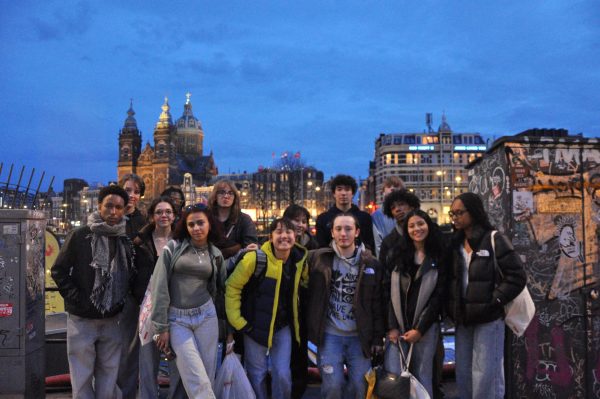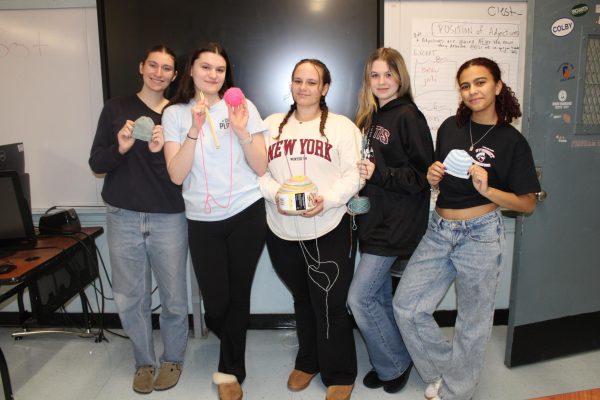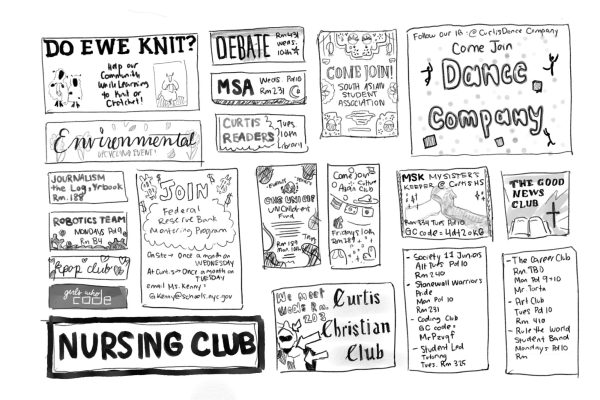Showing their religion
Hijab wearing Muslim students share their experiences.
Second grade, the year when students begin to spell, was the year Tehran Riaz decided to wear her hijab.
“I was nervous at first but everyone was so supportive,” said Tehran, a seventh grader in Corona, Queens. “Some people told me that I looked better without the hijab but that didn’t affect me. I even made new friends who also wore the hijab. Nobody looked at me differently. It was all my decision to wear the scarf.”
The head scarf or veil some Muslim women and girls wear show the individual’s devotion to God and is an act of modesty. But for many teens, the hijab is also a target for harassment. In the 2012 report “Growing in Faith,” the Council on American- Islamic Relations found that more than 10 percent of Muslim students in middle and high school have been bullied because of their Muslim faith in California.
Dona, who requested her last name not be used to protect her privacy, started wearing the hijab when she was 13, soon after she moved to the U.S. from her native Egypt. The teachers at her middle school in Brooklyn were “racist and I was miserable,” she said. “One day we had cultural day so I dressed in an abaya” – a covering that allows only the face, feet and hands of the wearer to be seen – “Students laughed at how I looked and made fun of it,” she said.
The harassment and teasing didn’t end until Dona went to high school. There she didn’t experience any bullying or harassment from other students. She said the diversity at Curtis High School helped her feel welcomed and accepted. For the first time, she felt comfortable to join after-school activities.
Maybe waiting until high school to wear the hijab was the reason Hareem Riaz, a freshman at Brooklyn College, never faced any harassment. ¨I thought I would be judged or people would look at me differently,” she said, when she began wearing the veil during her sophomore year of high school. “Nobody bullied me or commented.”
However for some younger Muslims, peer response had no factor in the decision to wear the hijab. Mirna Elsheemy, an 8th grader from New York City, began wearing a hijab in 5th grade. ¨I chose to wear a hijab because I liked how my mom wore it,” she said. “It looked nice and pretty.¨
Faith differs tremendously within many students, especially in a large public high school such as Curtis. Is faith still expressed even with all the pressure of having to be popular and cool? According to Pew Research Center: Region Among the Millennials, compared to their elders today, fewer young people say that religion is very important in their lives.




